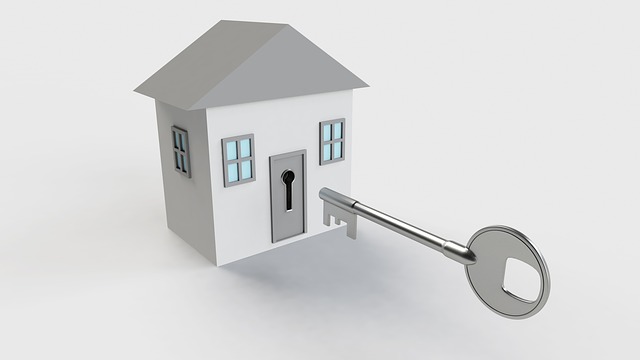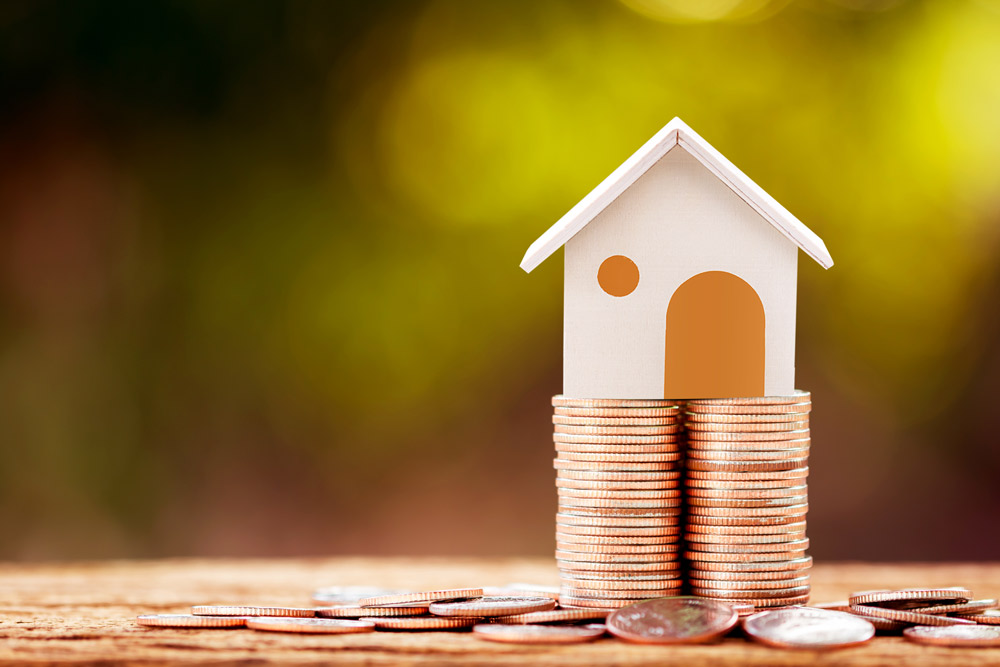
Compare 20-year mortgage rates to find the best rate for you if you are looking for a new loan. A lower interest rate usually means lower monthly payment, which can save you hundreds over the first year and thousands throughout the loan's life. You can do this by comparing rates at various lenders. NerdWallet's mortgage rate tool allows you to do exactly that. The tool finds the lowest interest rates on home loans over 20 years from multiple lenders. Once you have selected some lenders, the tool will give you a Loan estimate. This will allow you to compare the fees and rates offered by each lender.
Fixed-rate mortgage for 20 years
A fixed-rate, 20-year mortgage may be an option for you if your goal is to purchase a property. These loans are usually shorter than 30-year mortgages and will allow you to pay the remaining balance faster. These loans require the same requirements as a 30-year loan. However, you'll be paying less interest to the lender if you have a good FICO(r), and earn a minimum of $2,000 per month.
The difference in interest rate between 30-year fixed rates mortgages and 20 years-old fixed-rate mortgages averages around 0.5 percentage. This means that a $200,000 30-year fixed interest rate loan would cost $164 813, while a $67 580 20-year loan would be the same amount. You would save $17,580 over its life but your monthly payments would be $225 less.

Fixed-rate 15 Year Mortgage
While a 15 year fixed-rate mortgage might not be as appealing as a 30 year mortgage, it will save you money in long-term. Although the payments on a 15-year mortgage are higher than those on a 30-year loan, they will pay off your home in half the time. They can also be affordable because they are lower monthly payments. You should be aware that rates can vary from one lender to the next.
A 15-year fixed rate mortgage is more affordable than other types of mortgages, particularly when interest rates are lower. However, a longer payment period can make repayments more difficult. The monthly payments for a 15-year fixed rate mortgage are higher, which could increase your household's financial burden.
30-year fixed-rate mortgage
A recent homebuyer might become obsessed with mortgage rates. The Federal Reserve responded to rising inflation by increasing interest rates. Rates were historically low not long ago. Due to rising costs, the Fed plans on raising its discount rate in 2020. This will result in a rise in mortgage rates.
According to Freddie Mac's Primary mortgage market survey, 30-year fixed-rate mortgage rates rose by 0.8 percentage points this week. These rates vary from one region to the next. This week, for example, the rate of a five-year adjustable rate mortgage was 3.12 percent, and the rate of a 30-year fixed mortgage was 3.08 percent. These rates are national averages based on information from 8,000 lenders. Your credit history and the lender you choose will determine which rate you receive.

Variable rate mortgage at 5/1
A 5/1 adjustable-rate mortgage (ARM) is a type of mortgage with a variable interest rate. This type of mortgage is very flexible and can be good for people who are planning on moving in the near future or have a jumbo loan. While this type of mortgage has several benefits, it also has a significant risk of an interest rate increase down the road.
ARMs come in different lengths and are generally divided into two categories. The 7/1 ARM is a fixed rate for seven years, while the 10/1 ARM is for 10 years. There are also shorter versions. The 1/1 in the name refers to the frequency of rate changes. A 5/1 ARM might change its rate once every year, however this will depend on the interest rate market's trend.
FAQ
Can I buy a house without having a down payment?
Yes! Yes! There are many programs that make it possible for people with low incomes to buy a house. These programs include FHA, VA loans or USDA loans as well conventional mortgages. You can find more information on our website.
What is a reverse mortgage?
A reverse mortgage allows you to borrow money from your house without having to sell any of the equity. You can draw money from your home equity, while you live in the property. There are two types: conventional and government-insured (FHA). If you take out a conventional reverse mortgage, the principal amount borrowed must be repaid along with an origination cost. FHA insurance covers the repayment.
How do I calculate my rate of interest?
Interest rates change daily based on market conditions. The average interest rate for the past week was 4.39%. Multiply the length of the loan by the interest rate to calculate the interest rate. For example: If you finance $200,000 over 20 year at 5% per annum, your interest rates are 0.05 x 20% 1% which equals ten base points.
How much should I save before I buy a home?
It depends on the length of your stay. If you want to stay for at least five years, you must start saving now. If you plan to move in two years, you don't need to worry as much.
What should I be looking for in a mortgage agent?
A mortgage broker helps people who don't qualify for traditional mortgages. They shop around for the best deal and compare rates from various lenders. This service may be charged by some brokers. Others provide free services.
What can I do to fix my roof?
Roofs can leak because of wear and tear, poor maintenance, or weather problems. Roofing contractors can help with minor repairs and replacements. Contact us to find out more.
Statistics
- When it came to buying a home in 2015, experts predicted that mortgage rates would surpass five percent, yet interest rates remained below four percent. (fortunebuilders.com)
- Private mortgage insurance may be required for conventional loans when the borrower puts less than 20% down.4 FHA loans are mortgage loans issued by private lenders and backed by the federal government. (investopedia.com)
- The FHA sets its desirable debt-to-income ratio at 43%. (fortunebuilders.com)
- Based on your credit scores and other financial details, your lender offers you a 3.5% interest rate on loan. (investopedia.com)
- This means that all of your housing-related expenses each month do not exceed 43% of your monthly income. (fortunebuilders.com)
External Links
How To
How do you find an apartment?
Finding an apartment is the first step when moving into a new city. This requires planning and research. This involves researching neighborhoods, looking at reviews and calling people. You have many options. Some are more difficult than others. These are the steps to follow before you rent an apartment.
-
Researching neighborhoods involves gathering data online and offline. Online resources include Yelp and Zillow as well as Trulia and Realtor.com. Offline sources include local newspapers, real estate agents, landlords, friends, neighbors, and social media.
-
Read reviews of the area you want to live in. Yelp. TripAdvisor. Amazon.com have detailed reviews about houses and apartments. You can also check out the local library and read articles in local newspapers.
-
Make phone calls to get additional information about the area and talk to people who have lived there. Ask them what the best and worst things about the area. Ask for their recommendations for places to live.
-
Check out the rent prices for the areas that interest you. If you are concerned about how much you will spend on food, you might want to rent somewhere cheaper. However, if you intend to spend a lot of money on entertainment then it might be worth considering living in a more costly location.
-
Find out information about the apartment block you would like to move into. How big is the apartment complex? What is the cost of it? Is it pet friendly? What amenities does it offer? Do you need parking, or can you park nearby? Do you have any special rules applicable to tenants?